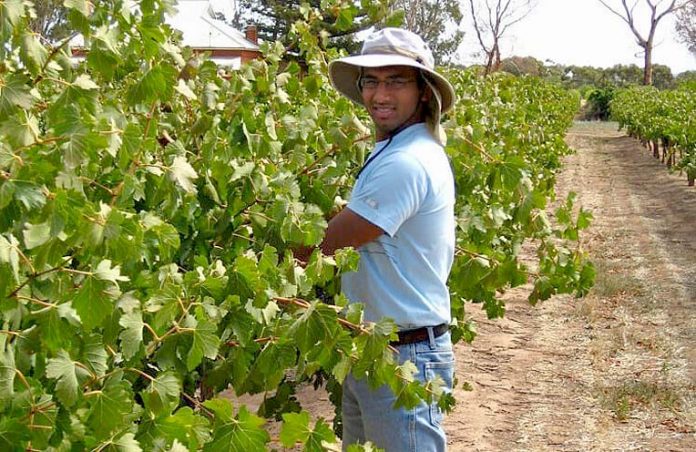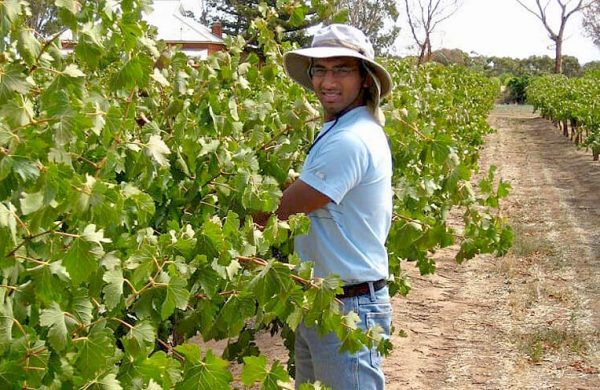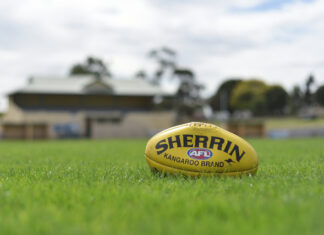

A TEAM of researchers have spent time in Coonawarra during vintage 2019 investigating the causes of berry shrivel in cabernet sauvignon fruit.
Headed by Adelaide University’s Dr Vinay Pagay, researchers investigated what impact heat stress and water stress have on yields.
Dr Pagay said the group was working on understanding the effects of climate change on the fruit.
Visiting the region in 2018 in partnership with Wine Australia, Dr Pagay returned to continue his research after the Coonawarra Vignerons Association reached out again.
Undertaking his research at Balnaves of Coonawarra, Dr Pagay said he was pleased to continue for a second year.
“Berry shrivel is something we have not seen much of in cabernet fruit,” he said.
“There has been quite a bit of research about the impacts on shiraz, but this is one of the first instances with cabernet involved.
“Essentially what we are trying to understand is what is causing this.
“Is it because of heatwaves or because of water stress?
“Why is it happening?”
Dr Pagay said the 2019 trial differs from 2018 due to weather patterns over the two years.
“Anecdotally, we observed more impact of water stress on berry shrivel compared to heat stress during the last project,” he said.
“But for 2019 we have had a lot more heatwaves which has given us another angle to observe.
“This is going to be a really interesting year with the combination of both.”
Dr Pagay said the project would evaluate the quality of wine using shrivelled berries.
“One of the questions is there a consequence of having shrivelled berries in your crush,” he said.
“We know there is a yield loss of around 25 to 30pc of the berry weight due to shrivel, but we want to find out if this will negatively impact the wine itself.
“During the first trial, we found using 25pc of shrivelled fruit had a negative impact, producing a higher alcohol content more jammy wine.
“We know that’s too high, so we’re going to trial with five to 10pc shrivelled fruit and see if that makes as much of an impact.”
Dr Pagay took the fruit harvested at Balnaves back to Adelaide where they will start the winemaking process in a controlled manner.
The small batch wines will then be brought back to Coonawarra for a sensory analysis with winemakers.
“Essentially we will do a blind taste test with the wines and ask the winemakers what they taste, what they like and what they do not like,” Dr Pagay said.
“It is a very interesting project and berry shrivel is something that will not be going away so it’s about finding new ways to adapt to that in the winemaking process.
“We hope to continue to do this over the years, every year we do more of this work and we find we do not know enough information every time.”





